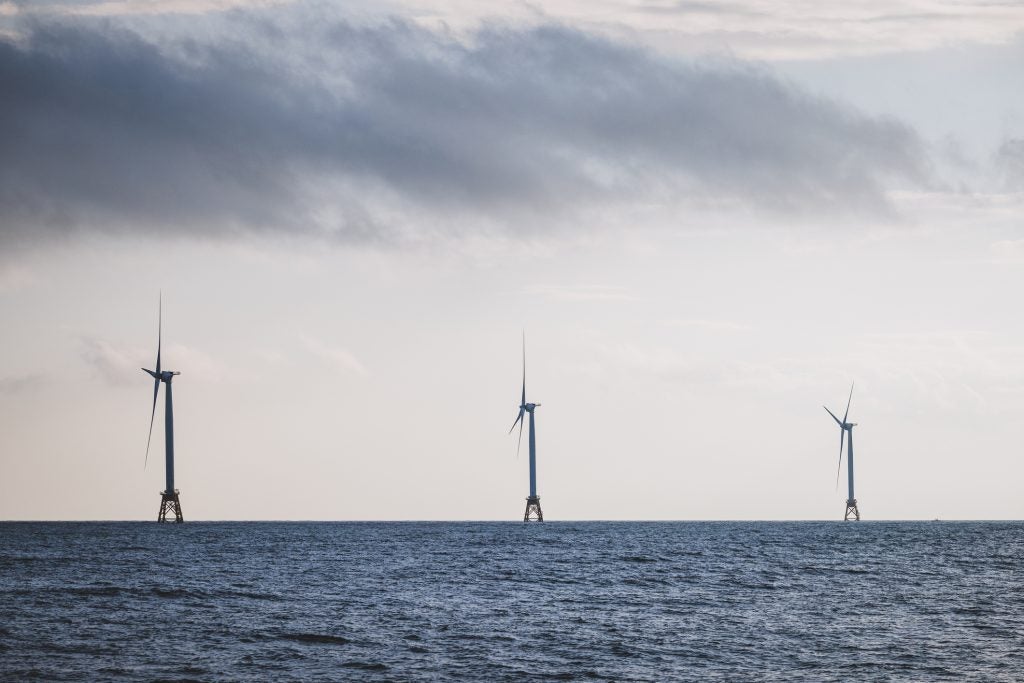Boasting one the world’s largest offshore wind resources, the US can develop enough offshore wind to provide up to 25% of its power supply, according to new research from the University of California, Berkeley, and think tanks GridLab and Energy Innovation.
There is more than 4,000GW of offshore wind potential available along the US coastline, including the Great Lakes, states the report. Offshore wind can complement solar and onshore wind power by producing electricity during peak evening hours and peak winter and summer months. With the right policy support, offshore wind could supply 10–25% of the US’s electricity demand by 2050, helping the country achieve a 95% clean electricity grid by 2050 without substantially impacting wholesale electricity costs, the study concludes.
A growing economy and increased electrification of buildings, transportation and industry will require a near tripling of the US’s electricity demand, from 4,000 terawatt-hours (TWh) today to more than 10,700TWh in 2050. To meet this surging demand, the country will need to install at least 85GW of onshore wind and solar each year, as well as 27GW of offshore wind between 2035 and 2050. To put that goal into perspective, the US installed 28GW of wind and solar in 2021.
“Offshore wind technology has astounding potential to form a major cornerstone of America’s electricity needs,” said Nikit Abhyankar, senior scientist at the University of California, Berkeley, Center for Environmental Public Policy, in a press statement. “It should be realised as a key resource to meet US climate goals, playing a complementary role to onshore renewable resources.”
Furthermore, this increased ambition for offshore wind development could inject up to $1.8trn of investment into the US economy and employ approximately 390,000 workers in the sector in 2050, according to a companion study published by Energy Innovation.
“The technical ability to build out America’s offshore wind sector and enjoy all the benefits of clean, reliable, affordable electricity is there; we just need political leadership to pass the right policies, starting with much larger offshore wind commitments,” said Mike O’Boyle, senior director of electricity policy at Energy Innovation. “Increasing our investment in US ports, ship building, specialised steel manufacturing and transmission infrastructure are key to supporting offshore wind energy installation.”














